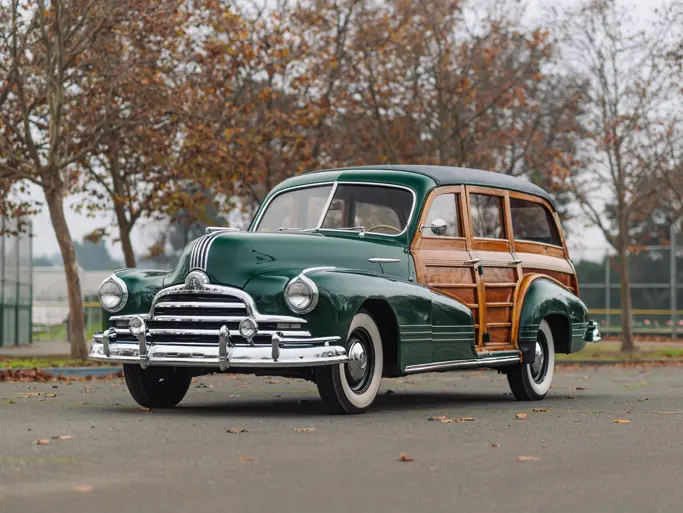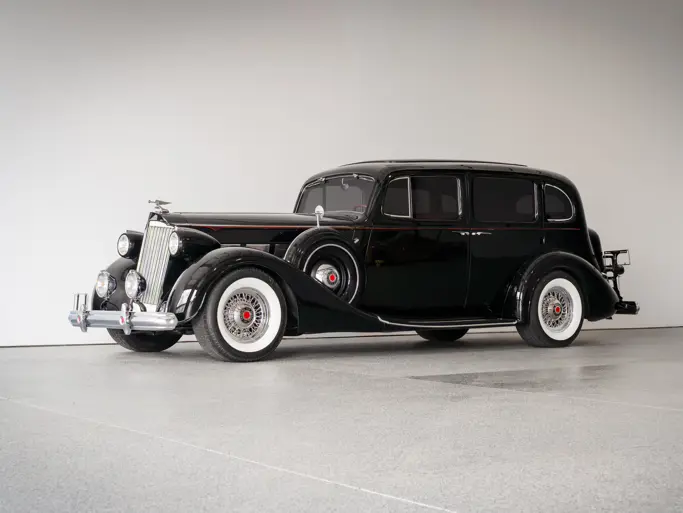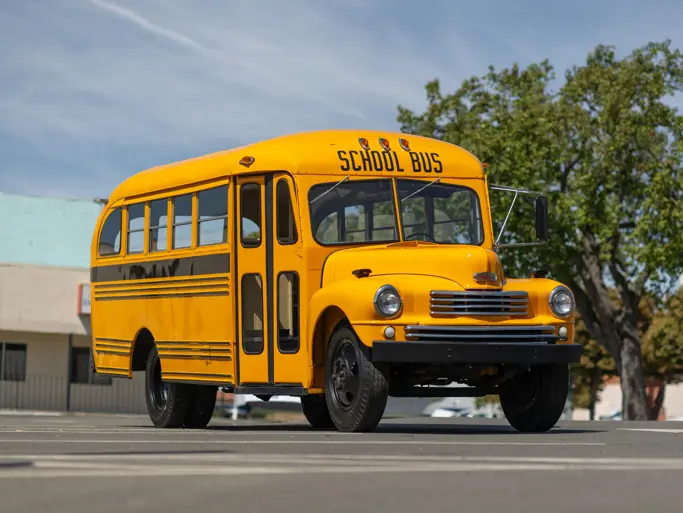Please Note: Information regarding these museum display vehicles was provided by the National Military History Center and has not been independently verified by Auctions America by RM ("AA"). As such, AA does not verify, warrant or guarantee any of this information. Prior inspection and research by the buyer is highly encouraged and recommended.
ATTENTION: Buyers are responsible for securing transportation and moving/loading of lots. Lot may be left on display indefinitely in the museum free of charge with a signed loan agreement form. Lots are sold as is, where is.
Please note this is being sold on "Bill of Sale" only.
Manufacturer: Morris Commercial Cars Ltd., Birmingham
Production Year: 1940
Engine: Morris OH, in-line, liquid-cooled, 74-hp, six-cylinder, 3.48-litres
Transmission: 4F1Rx1
Brakes: Hydraulic
Wheelbase: 96-inches
Length: 13-feet, 4-inches
Width: 6-feet, 7-inches
Height: 6-feet, 8-inches
Weight: Approximately 2.6-tons
Armor: None
Armament: None
Maximum Road Speed: Approximately 55-mph
Markings: British Army green
In 1933, the British War Office issued specifications for a new type of purpose-built GS (General Service) truck. The specifications included carrying loads up to 15-cwt (15 “hundred-weight”= 1500 pounds), and utilization of commercially built components as much as possible; along with short wheelbase, good ground clearance and a semi-forward driver’s compartment. Five manufacturers produced prototypes including Morris Commercial, Ford, Commer, Guy and Vauxhall (Bedford). Morris Commercial was the first to produce a prototype, designated CS8. The 4x2, 15-cwt CS8 entered production in 1934 before being phased out in 1941 by the improved C4. The 4x4 PU 8/4, as displayed, entered production in 1940. Even though the PU 8/4 shared the engine and most other components with the CS8/C4, the load capacity was reduced to 8-cwt to improve performance. This type of model of the PU 8/4 carried a No. 11 wireless transmitting set (radio) with a special transmitting table and fittings for batteries and equipment. An auxiliary generator was fitted for charging the wireless batteries. In 1942, the British army ordered all production of 8-cwts to cease in favor of 15-cwts. Only 1,192 PU 8/4s were built.

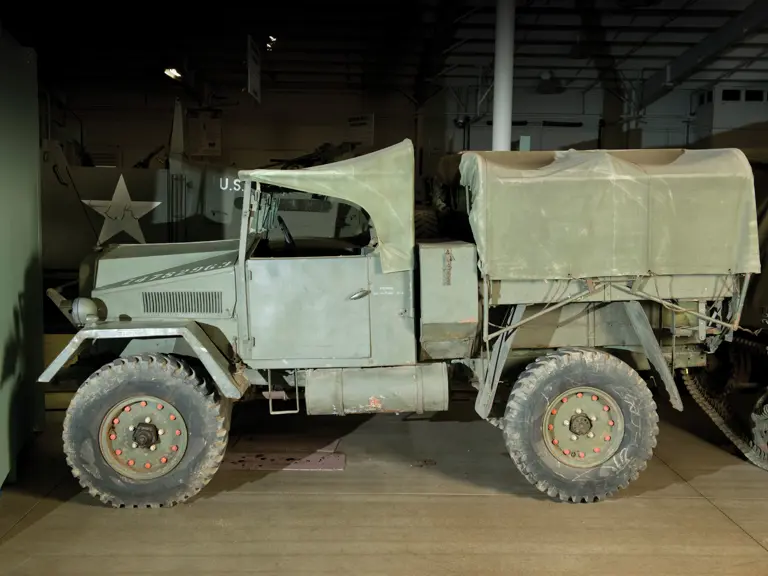
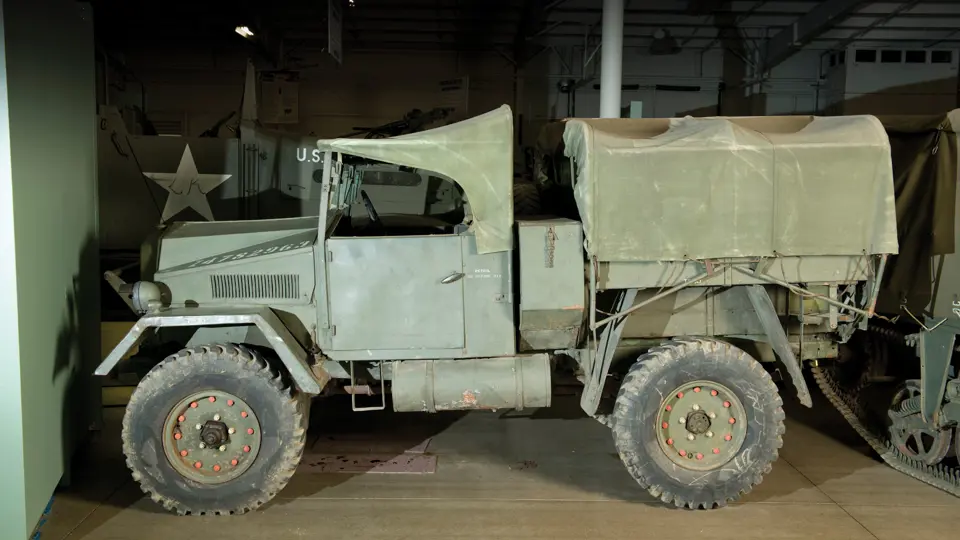
 | Auburn, Indiana
| Auburn, Indiana
